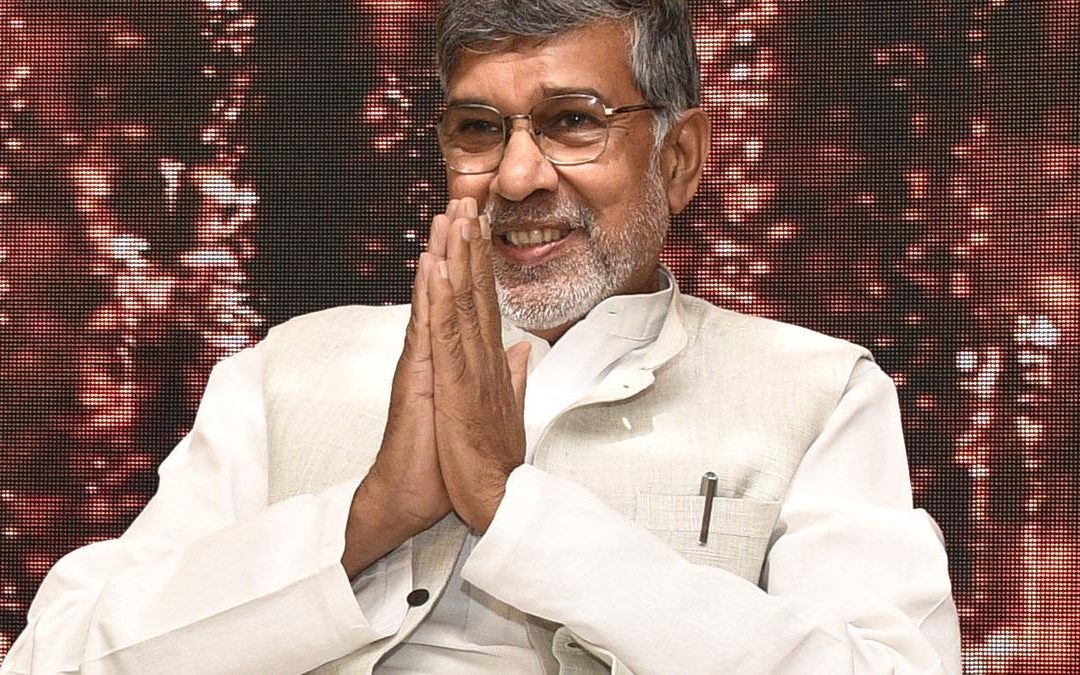The issue is urgent as child labour has increased for the first time in the last two decades globally, says Nobel laureate. By Ramya Kannan.
Nobel laureate and crusader for the rights of children Kailash Satyarthi is headed to the 5th Global Conference on the Elimination of Child Labour organised by the International Labour Organization (ILO) in Durban, South Africa, from May 15-20. His trajectory for the future though is to build support for an international social protection mechanism for all children and pregnant women in all low income countries, and he is campaigning vigorously for this among the world leaders.
In an interaction with The Hindu over a video call, Mr. Satyarthi clarified his plans. “I’m working in collaboration with a number of other lobbyists, not only [Nobel] Peace laureates, but also experts from other disciplines; we are demanding the setting up of an international social protection mechanism. We have seen in a number of countries, including in India, where social protection schemes such as the mid-day meals, conditional cash transfer or the MGNREGA (Mahatma Gandhi National Rural Employment Guarantee Act) are in operation, much has been done towards addressing problems, such as child labour or child safety and trafficking, but also towards empowering women in the family,” he explained.
“During the pandemic situation, we calculated that $53 billion annually could ensure social protection for all children in all low income countries, as well as pregnant women too,” Mr. Satyarthi continued. “That is not a big deal in the sense it could be mobilised. We have got good responses from number of countries in the European Union.” Recently, he also met with some top officials in the White House, USAID, and lawmakers, Congressmen and Senators to mobilise support for such a fund.
It will naturally also be part of his agenda for the Durban conference. The issue of growing child labour numbers has Mr. Satyarthi very worried. “We know that due to the pandemic, 200 million additional people are being pushed into chronic poverty, as per the World Bank report. Additionally, 60 million people will be pushed into acute poverty or chronic poverty due to the Russian invasion on Ukraine. Their children would definitely be the worst victims and many of them could be forced into child labour and trafficking and so on,” he said.
The demand is simply also, at one level, to seek enforcement of existing laws, and investment in education. He pointed out that at the basic level, children in marginalised sections in low income countries need swift, immediate and direct support, which it’s not possible to allocate without mobilising resources globally.
“Universal social protection programmes for children should be the part of the agenda in the future. Otherwise, I’m afraid to say, as one of the UN Secretary General’s advocate on on Sustainable Development Goals (SDG), that we cannot accomplish any of the targets,” Mr. Satyarthi insisted. “So we have been pushing this with several governments, in the G7 and G20 as well. If social protection, focusing on marginalised children, figures somewhere the discussions in these two communities — G7 and G20 — that will be huge.”
The issue is “urgent”, he presses, given that there has been an increase in child labour for the first time in the last two decades globally, and that is very alarming and very concerning. “It is true that the number had been decreasing for sometime, and we have been celebrating it too. However, it is not just the pandemic that is responsible. We have noticed it even before the pandemic also. We have all committed ourselves to eradicate child labour by 2025. This is the only SDG goal which has to be accomplished by 2025. So, between 2016 and 2020, the first four years of the announcement of SDGs, the number has increased from 152 million 260 million. And that is that is really very, very serious,” Mr. Satyarthi added.
Originally published at The Hindu, 11 May 2022, available here.

